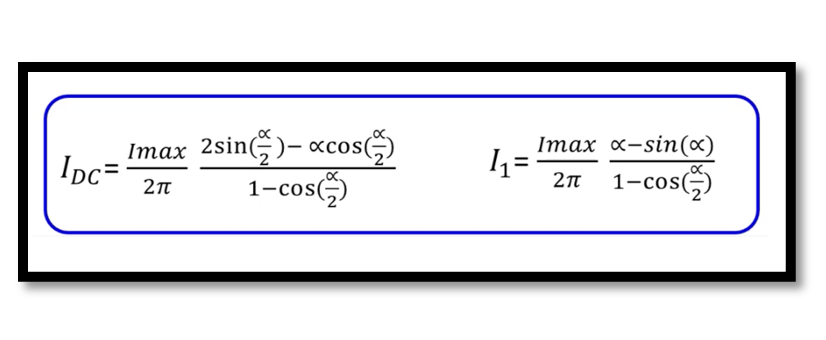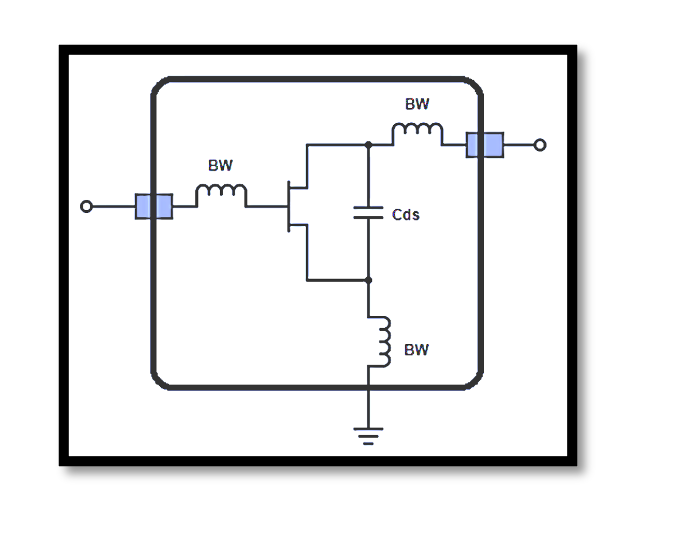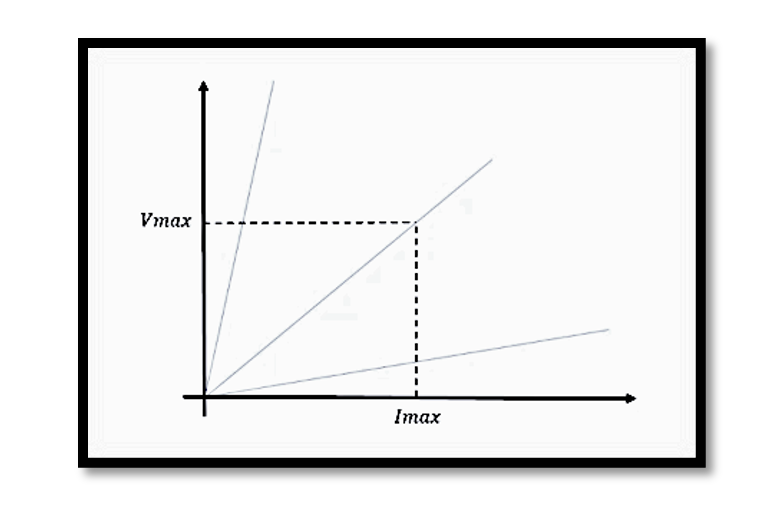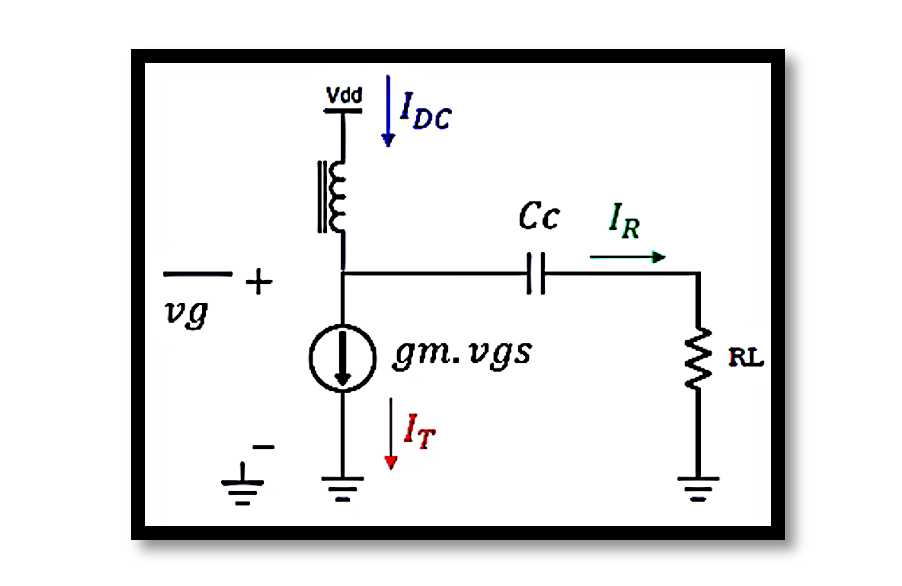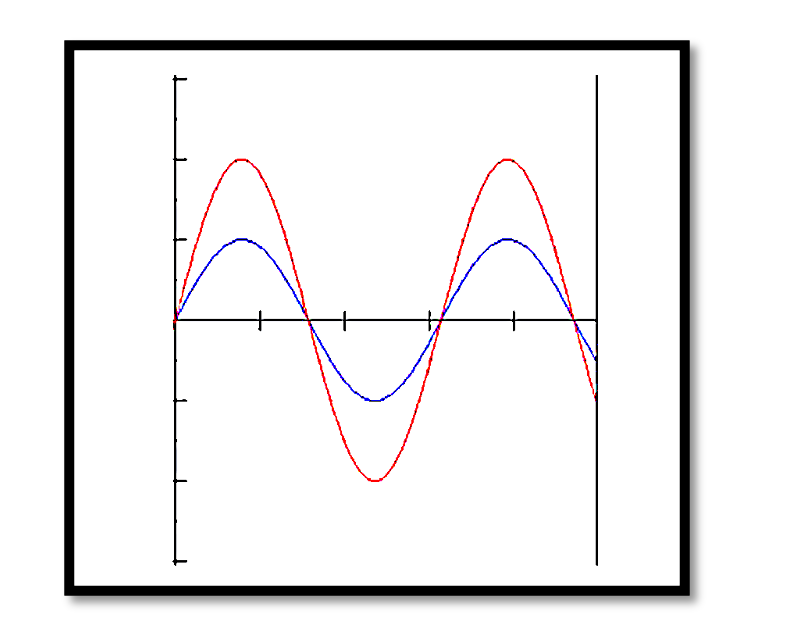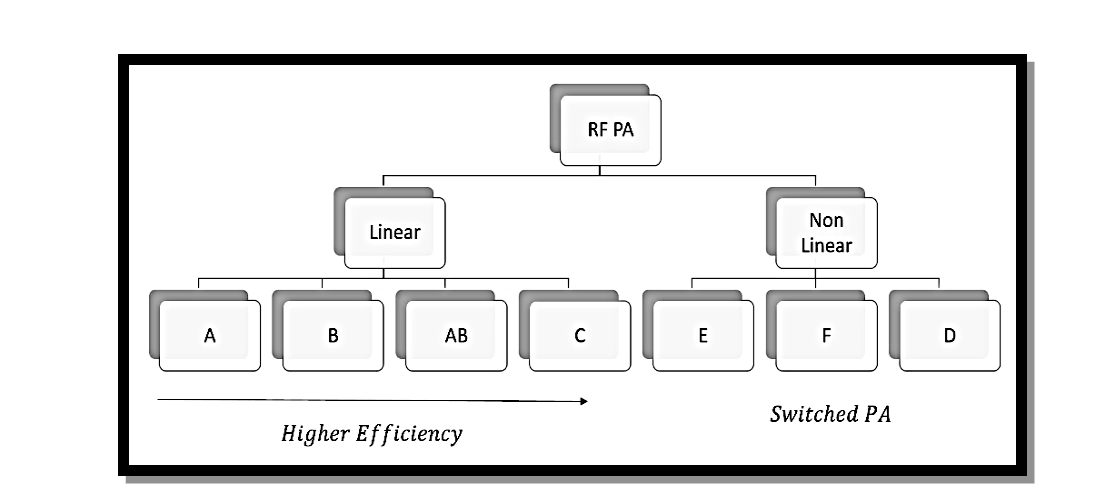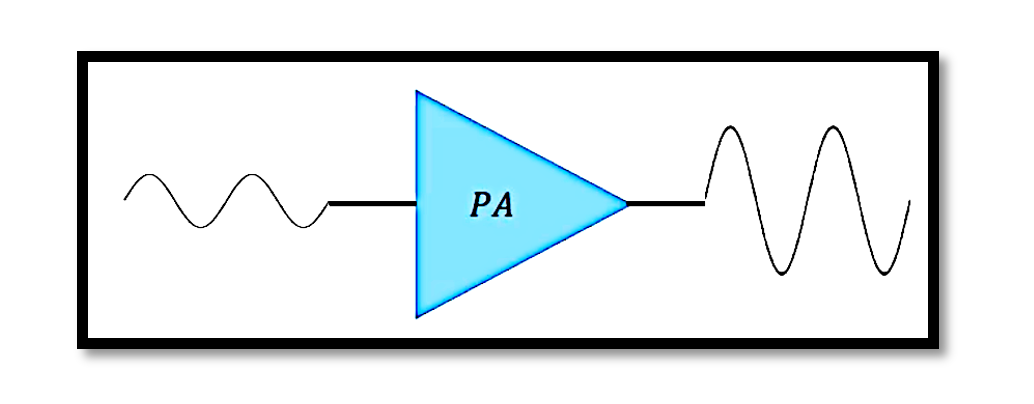Amplifiers are a crucial component in many electronic systems, with their primary function being to increase the power of a signal. Among the different amplifier classifications, Classes A, B, and C are widely used, each offering unique advantages and challenges. …
Class A amplifiers are fundamental components in the world of electronics, especially in high-frequency applications like RF and audio amplification. Known for their linearity and fidelity, Class A amplifiers have a unique place in amplifier design. This blog provides an …
When designing power amplifiers, one of the most critical aspects is ensuring that the maximum amount of power is delivered to the load. This involves precise impedance matching and an understanding of both theoretical principles and practical constraints. This blog …
Power amplifiers are essential components in various electronic devices, amplifying weak signals to drive larger loads such as speakers, RF transmitters, and other high-power devices. This blog will explore the fundamental operation of a basic power amplifier over one cycle, …
Power dissipation in AC circuits is a fundamental aspect of electrical engineering, affecting the efficiency, safety, and performance of electrical systems. In this blog, we will focus exclusively on the principles of power dissipation, examining the mechanisms through which power …
Radio Frequency (RF) Power Amplifiers (PAs) are crucial components in wireless communication systems. They amplify low-power RF signals to higher power levels, enabling effective signal transmission over long distances. RF PAs can be broadly classified into two categories: Linear Power …
What is a Power Amplifier? A power amplifier (PA) is a crucial component in various electronic systems, especially in communication devices. It amplifies the power of a signal, making it stronger and more suitable for transmission over long distances or …

